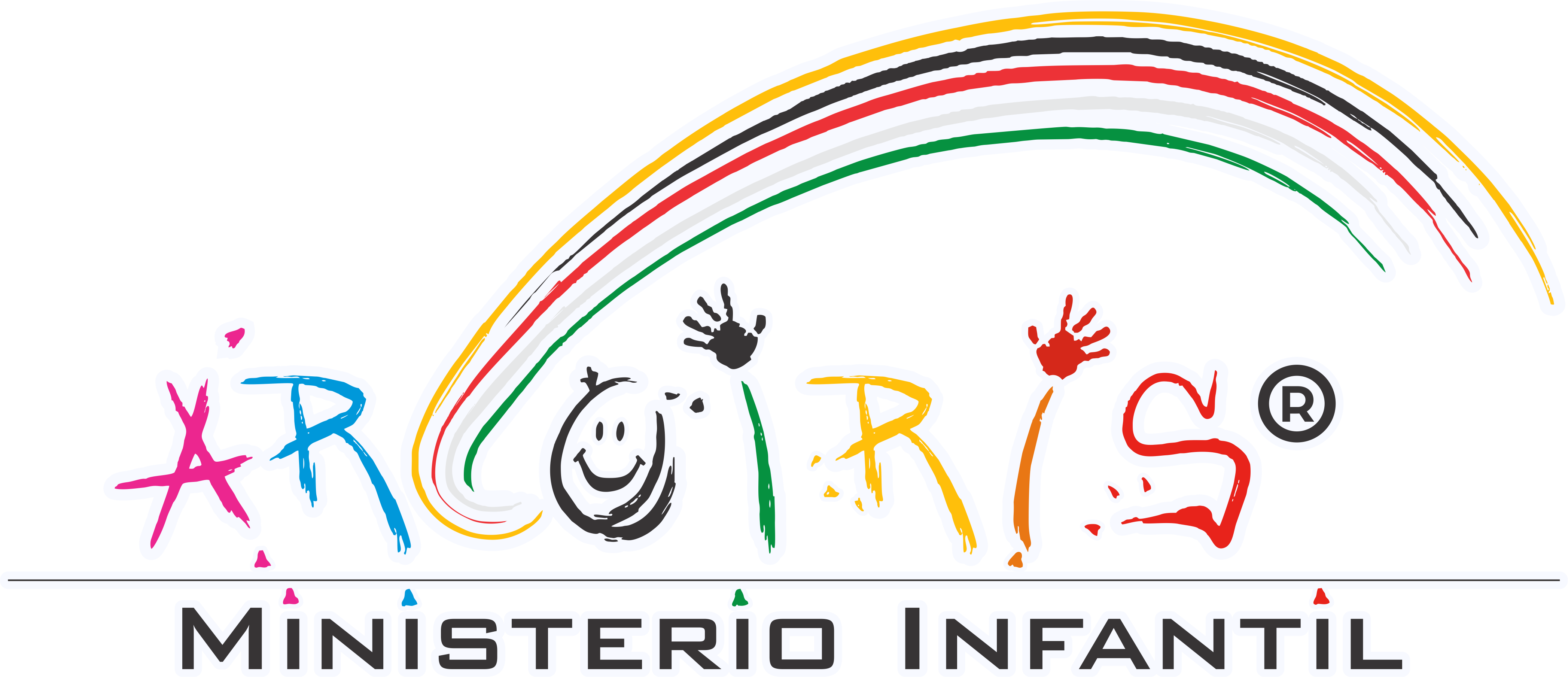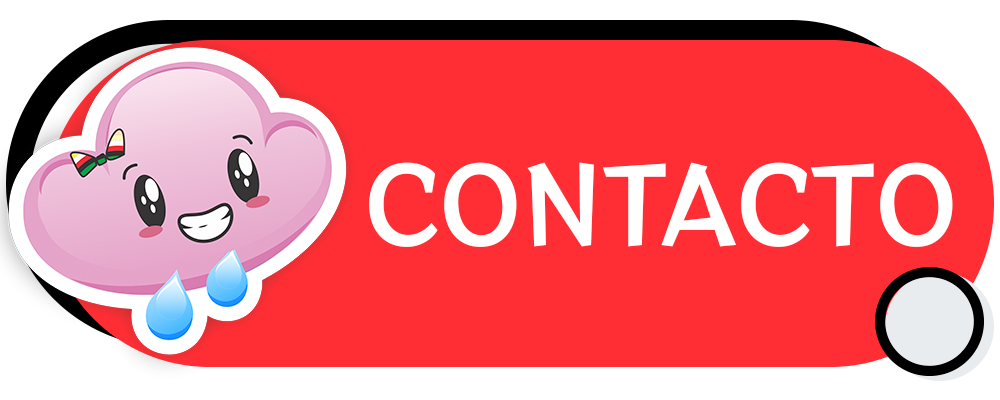Over-the-Top Preschool Worship Time

Years ago, I learned that 75% of moral values are learned by age five. This statistic confirmed my resolve to make preschool ministry a top priority. No longer would I call preschoolers toddlers or consider their department part of the nursery. Three, four, and five year olds are ready to learn. Theyre ready for meaningful, memorable, and life changing Bible lessons and worship. It may seem simplistic, but it all happens through sensory stimulation, action, relevant stories, and meaningful relationships.
A perfect example of this is a boy and his dad. Have you ever seen a preschooler and his father with the identical stance? Its not just genetics; its imitation born out of observation, love, and respect. Its relationship.
I cant think of a better place for children and families to build relationships and internalize life-changing stories than at church. A moral value is reinforced each time a child experiences a volunteers loving kindness or sees a child encouraged because he shared. And the Bible is the best source of stories about Gods values!
Moral values seem to be the current catch phrase, but in our effort to teach values, we need to MAKE THE MAIN THING THE MAIN THING! GOD is the source of our values, and a relationship with Him is our goal; not the details of the story, the character in the story, or even the moral value itself. We all have the same goal, so lets make it over the top for our kids!
Ive observed lots of churches in action, and we all tend to do the same things. Planned worship time usually includes the same elements for each of us. But while many churches plan well, others actually go over the top. What is the difference between the planning well church and the over the top church?
KEY 1: Make it MEANINGFUL.
The content of our material becomes MEANINGFUL to youngsters when the focus is on God, His character, and His work. We love others not because someone stood with a wagging finger telling us to be good, love others, and be kind. We love God and others because He first loved us. (I John 4:19) A preschooler isnt sophisticated enough to ask What would Jesus do? He will begin to resemble Jesus because of his blossoming understanding of God and his observation of leaders who are Christ like.
Build Relationships
A worship leader who greets children and parents in the hall as they enter the department has an edge when they sit down with them for worship time. Your loving spirit and delight to be in their presence will engage kids and keep them tuned in. Strange as it may seem, if you know whats fun and funny to kids, theyll want a relationship with you. Why? Because you know me, you like me, and you care enough to engage me on my terms.
Relationships are forged on the floor. Its true. Small group leaders who sit on the same level with kids provide loving care, a shoulder to lean on, quiet direction, and a model for involvement during large group time.
Key 2: Make it MEMORABLE.
Give them something to talk about on the way home! Adapt to the way preschoolers learn. Leaders who succeed at this provide Bible stories, prayer time, music, activities, and loving attention that children remember.
Because they have short attention spans, you must break your Bible lesson into short bites interrupted by action, music, and The Point review. It doesnt mean they need a three-minute Bible story. Repeat the main point and Bible verse throughout the lesson so its clear and unforgettable. Whenever the main point fits into the story, say it while the kids mime the motions, then continue the lesson without a break. Example: Lesson is Noah. The Point: you can say, God keeps His promises while you and the children make a rainbow motion over your heads. Now reemphasize The Point with each animal that enters the ark. You do have stuffed animals of every kind in the world, dont you?
1. Anticipation and Expectation: Keep three, four, and five year olds tuned in and focused. Let them sit at their special spot on the rainbow carpet or carpet square, all while waiting for the theme song to begin. It can be a joy when theyre expecting great things! That theme song should remain the same all year. The song alone draws them in and gives a sense of belonging and anticipation. Think about it; if you tuned in to your favorite TV program and the opening song changed each week, you wouldnt settle in to watch immediately. Youd check the channel or the program title.
The order of service should also remain the same. Avoid the urge to mix things up. Kids want to know what to expect. Routine, anticipation, and an engaging leader provide the incentive for the kids to be seated, involved, and attentive without lots of direction. Parents tell me, Its like magic! Will it work at home?
2. Key phrases, cues, and motions are a hit with preschoolers and keep them moving. Kids learn what to do when they hear, Sit down, sit down, everybody sit down. Sit down, sit down, sit with me. Or their attention is grabbed and kept with the words, I wonder who is coming to visit us today. Will the visitor come to the door in the barn, or will he come through the hall door?
Briefly interview the person who walks through the door, sing a related song with motions, and say, That reminds me of something in the – Bible. When you say this phrase consistently each week, the kids will shout out BIBLE without prompting. They know what comes next, and theyre prepared to listen. Next, you can hold up your Bible, splash a picture of the Bible on the screen, or hold up a Bible poster. The Bible isnt everything God knows. Its everything He wants us to know from His written Word. Point to the passage in your Bible with a huge arm movement, and start the lesson with no dead air.
3. Surprise the senses. It will make the lesson memorable, and every preschooler will chatter about it on the ride home. Have a guest fireman or a dog puppet dressed up like a doctor to remind kids how God cares for us. Pipe in calls and cries of animals as you describe them loping, hopping, and charging into the ark. Have fans running and equip leaders with spray bottles to mist the children as you describe the rain falling and the waters rising from the deep. Adults may not understand the wonder of it, but kids LOVE it! Try waving forest scented deodorizers to indicate the land was finally dry.
4. To be or not to be the storyteller. There are some amazing ways to tell a story! I love to become the character and tell the story from the Bible characters point of view. Preschoolers love to see live action, so tell the story while actors mime the action. Your actors can speak their own lines if the dialogue is simple and the meaning is clear.
5. Multi-media is essential. Vary your media and get tech savvy. Use power point, props, costumes, puppets, DVDs, CDs, iPods, cameras, lights, and people. I visited one church recently that used every sight and sound media known to man in one lesson. The stimulation overload scrambled my brain and wiped the message out of my head. Used wisely, however, technology can help engage the learners and reinforce the message. A great example is the use of amplification for puppets. The point of the skit may be lost if the puppets arent heard.
Some examples:
Kids love to see familiar faces on the screen. Develop a power point presentation using the faces of your kids or project a skit filmed with parents, teachers, and siblings.
Singing into a microphone will bring out the ham in every child. Record the children singing with individual voices highlighted. The next time you sing the song, play the recording and the kids will tune in like never before. Compile a series of these songs with kids voices, and send them home with them. (Remember to consider copyright laws. Dont use background music from a CD.)
We all know music repeats and repeats in your head, so it provides the perfect vehicle to make the message stick. Preschoolers love music almost as much as stories, but there are a few guidelines to remember. Over the top music means I can sing it, I like it, its fun, and I can move. Think outside the adult box. Vary the volume, tempo and feel of the music. Introduce a calypso or country theme. Get the interactive instruments and streamers out of the mothballs and get jammin. Preschoolers lift joyful, loving worship to God each time they clap, twirl, and hop to a praise song.
Music is the perfect way to introduce each segment of large group time. Slow and contemplative music will cue children to sit quietly and prepare for prayer time. The most effective leaders use rote prayers sparingly. They use poetry to quiet the heart but speak to God as a loving and present Father who cares and listens. It seems the act of prayer demonstrates most effectively our relationship to God. The Jesus You Are Here with Me song on theTouch the SkyCD (Willow Creek) is a wonderful song to prepare kids for prayer.
6. Prayer is an effective way to make the days message personal. Be a leader like Jesus. Demonstrate how to pray. Later, the children can participate with echo prayers, prayer songs, and personal prayers in small groups.
7. Sparkle up offering and outreach. One childrens pastor visits during the preschool large group for offering time. While the background music plays and the offering is taken, he walks around to each child, looks them in the eye, and asks about something in their life. Its meaningful, personal and very moving.
We all know kids bring their money because theyre supposed to, but they wonder why. Theyre curious about where the money goes. Give them concrete examples of the process. Bring in a money counter man that carries zip lock bags. Show how the offering is used by displaying a huge stack of books, crayons, pencils, toys, and Bibles bought with it. You can also post pictures of the missionaries you support.
Outreach events also help each child think outside his own box. An overseas offering project helps kids think globally. Every Sunday, show a power point presentation of chickens and goats. I collect these pictures online. Tell the children their offering will buy animals for children who need help feeding their families. The children will be amazed and excited to hear the number of chickens and goats their offerings provide.
Another suggestion is to help a local charity by displaying a Christmas tree where children can hang hats, mittens, and scarves. The kids see the progress of this giving and know theyre helping kids in their own community. On a cold day in January, remind them about the children who are warm today because they were kind and generous with their giving.
Key 3: Make It Life Changing.
We want children to do more than copy Bible words. We want them to know God made them, God loves them, and Jesus wants to be their forever friend. The result of internalizing and understanding these truths is immeasurable. Preschoolers may not be able to verbalize their understanding, but they will respond in ever increasing love, trust, and joyful obedience to Jesus.
Lives change as a result of a relationship with God. Therefore we must make the main thing the main thing. God wants an intimate relationship with ME? Yes, YOU! Its a wonderful concept, but kids need more than words. Three, four, and five year olds need people to demonstrate the concepts and relevant stories to make the ideas kid size.
I observed an amazing presentation of the Christmas story in the preschool department of one church. At the conclusion of the lesson, the leader said, Now I want you to remember, Wise men still seek Him. I wanted to shout, Whats wrong with this picture? Just a few additional sentences could make this conclusion personal and wrap up what was an amazing presentation. Make it personal by sayingWhen I point to you kids, I want you to say your name out loud just one time. Then Ill keep talking. Remember, say it just one time. God loves ________ so much He sent His one and only Son.
A kid like me is one of the best teaching tools. Applaud good behavior in the classroom and include application stories and skits about kids who demonstrate the point of your Bible lesson. Sometimes when nothing else penetrates, the good and bad choices of a puppet drive home the point like nothing else.
Children will understand God loves them when they experience the consistent, ongoing care of adults and teens. Consistent personnel cannot be overstated. When I was a child, Mrs. Kapell was my favorite large group leader. She never failed me. She was there every week. She greeted me every time I saw her, even when I aged out of her department. This faithful servant of God used every tool available to help us understand Gods unconditional love. She inspired me to seek Jesus, to live for Him, and to serve Him. I am a Christ follower because of her words and her life.
Preschoolers WILL follow. They WILL learn. They WILL change.
Give every lesson a little extra thought, lots of prayer, and take it over the top, because preschoolers have incredible potential to learn.
AND never underestimate the power of God to take it over the top through you and your volunteers.
Discover more from Ministerio Infantil Arcoíris
Subscribe to get the latest posts sent to your email.





